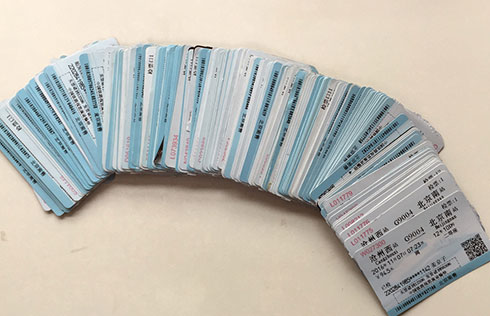'Mother river' set to reap rewards of development
Last year, the port transferred 160,000 commercial vehicles. "The benefit of the railway is that we can transport commercial vehicles to the vast west (of China). Usually, these vehicles are transported to a hub and then distributed.
"Thanks to Guoyuan Port, Chongqing has become a major transport hub for cars imported via Shanghai and distributed around the provinces of Guizhou, Yunnan and Sichuan," said Chen Cheng, deputy-general manager of Chongqing Jiangsheng Automobile Logistics Co, adding that another major port, Cuntan, transports domestically made cars to areas on the river's lower reaches.
With investment of 10 billion yuan ($1.45 billion), Guoyuan Port has 16 berths and can handle 600,000 containers, 6 million metric tons of bulk cargo and 1 million commercial vehicles every year.
Although the port began operations in 2013, it will not open fully until late this year, when it will have a designed annual throughput of 30 billion tons. Linked with the Chongqing-Xinjiang-Europe International Railway, the port is currently a transfer hub for coal and iron ore from the Xinjiang Uygur autonomous region and Gansu province.
The port's authorities have already received enquiries from a number of potential customers, who are looking to exploit the advantages it will offer when fully functional.
"Many customers in the northwestern region have approached us. We have to ask them to be a little more patient and wait for us to open fully," Zhang said.
Traffic rising
The plan to develop the economic belt aims to increase traffic and encourage intermodal transport on the waterway.
In September, the central government issued a development blueprint that saw Chongqing lying within the belt and playing a leading role in the river's "green development".
When developed, the belt will cover approximately 20 percent of China's landmass and will be home to about 40 percent of the population. It is expected to generate more than 40 percent of national GDP every year.
According to the office leading the program, the plan emphasizes the promotion of intermodal transport to accelerate links between railways, water, road, rail and air transport.

























